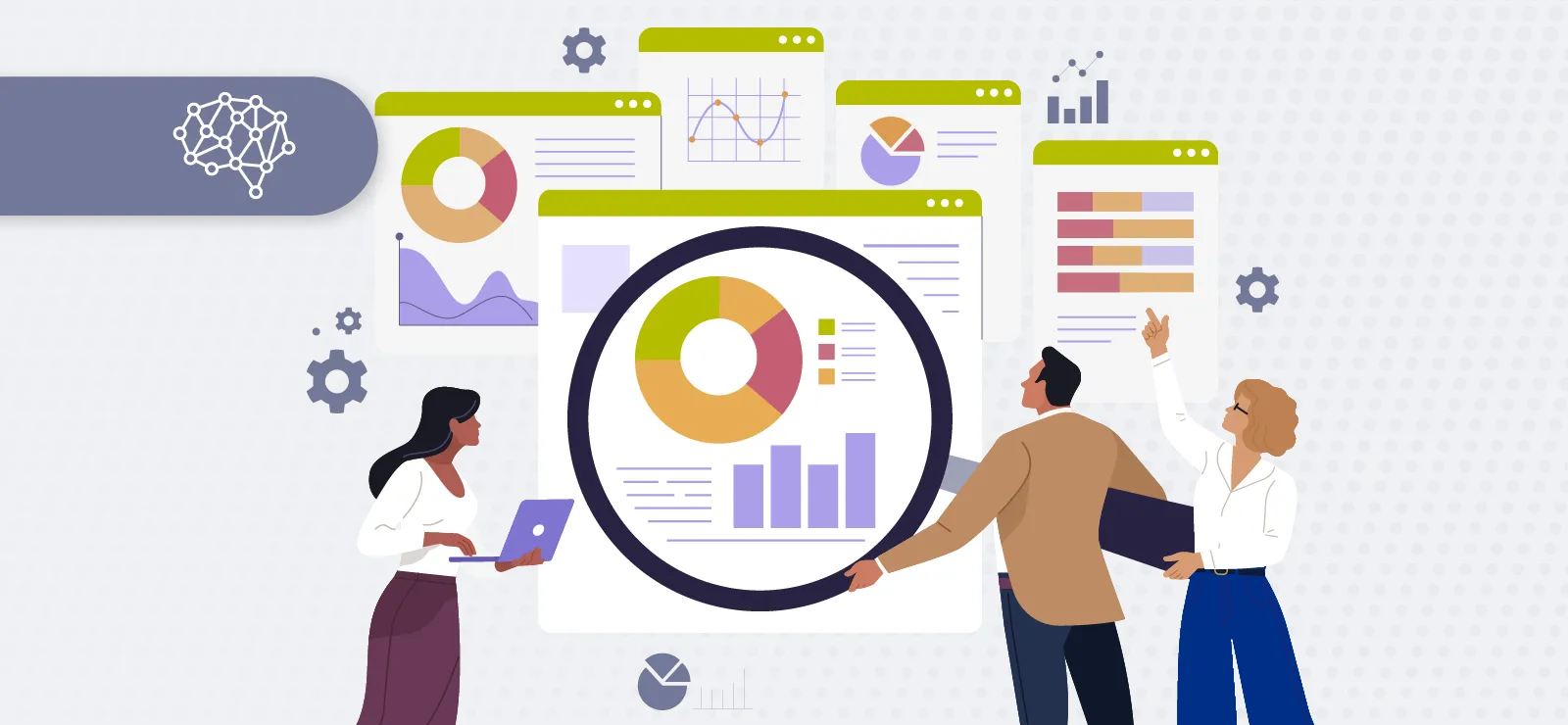Anticipating the Needs of Tomorrow’s Students: AI’s Role in Strategic Enrollment Planning

By leveraging AI-powered predictive analytics, institutions can prepare for the future, ensuring they attract, enroll, and retain students even in a competitive and uncertain environment.
Key Takeaways
AI-powered predictive analytics enables institutions to anticipate enrollment trends, optimize recruitment strategies, and allocate resources effectively.
Despite the growing adoption of conversational AI, only 41% of higher ed leaders use predictive AI, highlighting an opportunity to enhance data-driven decision-making.
Predictive analytics helps colleges attract and retain students by refining financial aid strategies, improving retention efforts, and personalizing recruitment messaging.
Institutions that leverage AI-driven insights for strategic enrollment planning will be better positioned to navigate demographic shifts, economic pressures, and changing student expectations.
The future of college enrollment is anything but certain. Shifting demographics, economic volatility, and evolving student expectations are challenging higher education institutions to rethink their enrollment strategies. To stay resilient and relevant, institutions must not only react to these changes but anticipate them. This is where AI-powered predictive analytics steps in—transforming strategic enrollment planning from guesswork into a precise, data-driven process.
The Role of AI-Powered Predictive Analytics in Strategic Enrollment Planning
Higher education is always changing, but perhaps never more so than today. Birth rates are declining, leading to fewer traditional college-aged students. Economic fluctuations are affecting families’ ability to pay for higher education. Meanwhile, students are increasingly considering alternative learning options such as online courses, micro credentials, and workforce training programs.
Predictive analytics enrollment management tools help colleges and universities forecast enrollment and retention trends, identify new opportunities, and allocate resources effectively. However, Liaison found that while 73% of higher ed leaders use conversational AI, only 41% use predictive AI.
By leveraging AI-powered predictive analytics, institutions can prepare for the future, ensuring they attract, enroll, and retain students even in a competitive and uncertain environment.
5 Ways AI Supports Strategic Enrollment Planning
AI offers actionable insights and strategic advantages to help institutions stay ahead of enrollment trends in higher education. Here are five ways predictive analytics enhances strategic enrollment planning:
1. Forecasting Enrollment Trends With Precision
AI tools analyze historical enrollment data, demographic trends, and economic indicators to predict future enrollment patterns. For example, Liaison’s Othot AI platform uses machine learning to assess how factors like declining birth rates may impact enrollment numbers. This foresight lets institutions adapt their recruitment strategies and prepare for fluctuations in student interest and availability.
Action Step: Use AI forecasting to identify emerging markets for student recruitment, such as adult learners, international students, or those interested in nontraditional programs.
2. Adapting to Changing Student Expectations
Today’s students expect personalized experiences, flexible learning options, and strong career outcomes. AI-powered tools help institutions stay in tune with these expectations by analyzing student preferences, feedback, and engagement data. This enables colleges to tailor their academic programs, support services, and marketing messages to meet evolving demands.
Action Step: Implement AI-driven surveys and feedback loops to continuously monitor and respond to student needs so that your institution remains attractive to future cohorts.
3. Optimizing Recruitment and Marketing Efforts
Strategic enrollment planning requires the efficient use of recruitment resources. Predictive analytics helps institutions identify high-potential students, then Liaison’s Enrollment Marketing solutions can craft personalized outreach campaigns that resonate with their goals and values. Enrollment Marketing can also leverage AI to segment prospects based on behavior, demographics, and likelihood to enroll, making sure recruitment efforts are targeted and effective.
Action Step: Use predictive analytics to refine your recruitment messaging, focusing on what matters most to prospective students, such as financial aid opportunities, campus culture, or career support.
4. Enhancing Financial Aid Strategies
Economic pressures are influencing students’ college decisions more than ever. AI tools help institutions design financial aid packages that attract and retain students while maintaining budgetary balance. By examining data on student financial needs, enrollment likelihood, and aid effectiveness, platforms like Othot offer recommendations for optimizing financial aid distribution.
Action Step: Develop data-driven financial aid strategies that prioritize affordability for students while meeting institutional revenue goals to maintain long-term sustainability.
5. Improving Retention Through Proactive Support
Retaining students is just as important as enrolling them. Predictive analytics identifies at-risk students early by analyzing academic performance, engagement, and financial factors. This allows institutions to implement timely interventions, such as personalized advising or academic support, to improve retention rates and student success.
Action Step: Integrate AI tools within your CRM to automate alerts for at-risk students, thereby enabling advisors to offer personalized support before challenges escalate.
The Future of College Enrollment Is Data-Driven
As higher education continues to evolve, strategic enrollment planning must become more agile and data-informed. AI-powered predictive analytics provides the insights needed to anticipate trends, personalize student experiences, and allocate resources effectively. Institutions that embrace these tools will be better equipped to navigate the complexities of future enrollment and build resilient, thriving student communities.
Partner with Liaison today to harness the power of AI for strategic enrollment planning. From forecasting enrollment trends to optimizing recruitment and retention, our solutions help you stay ahead of the curve and meet the needs of tomorrow’s students. Discover how Liaison can support your institution’s enrollment goals today.












